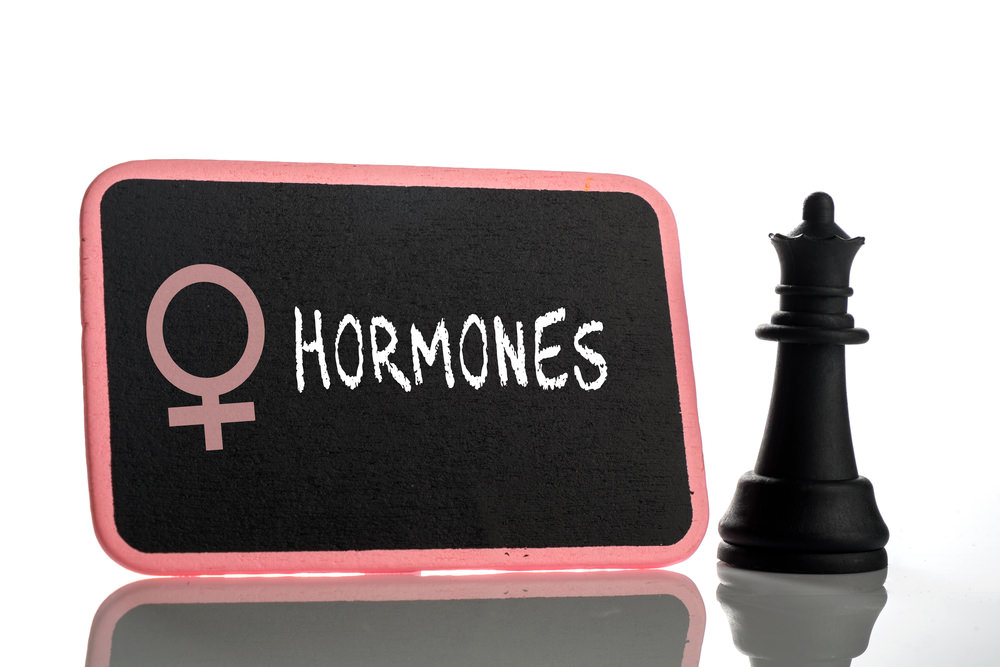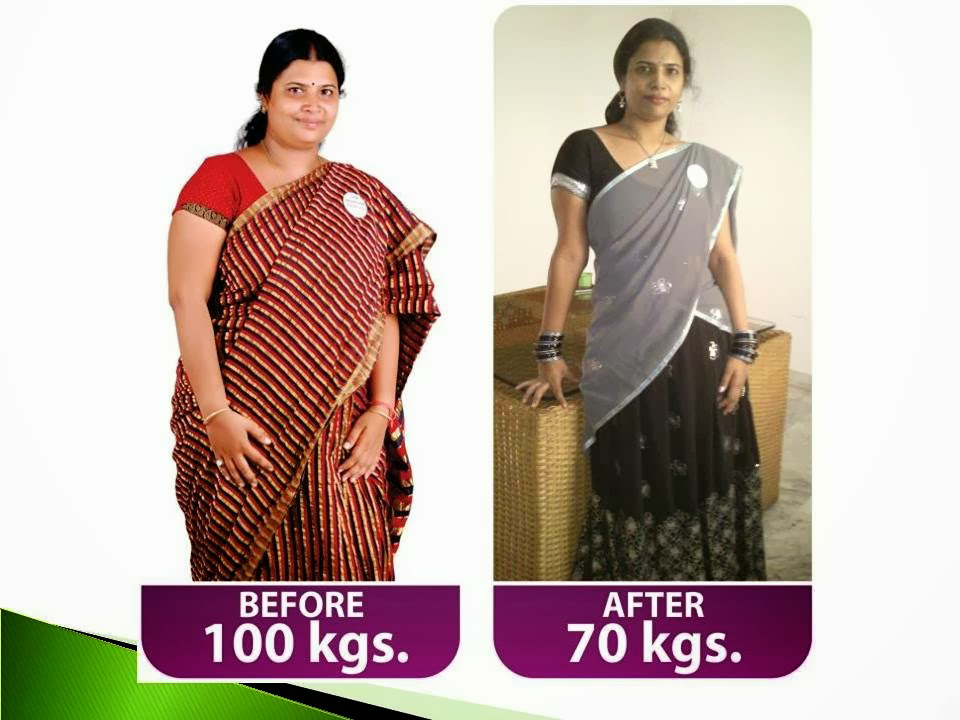

Female hormones and weight loss that corrects lost waistline and stomach fats problems
Female hormones and weight loss: Gender based distinctions in weight loss
A quick observation at the male gender versus the female body tells you forthright that they are not the same. Nonetheless, even though we can make these distinctions, we have ignored them when addressing issues relating to diet and exercise for fat loss. According to the experts at AWAREmed health and wellness resource center under the leadership of doctor Dalal Akoury MD, the standard health and fitness advice of eat less and exercise more does not work once people get out of their twenties and into their thirties, forties and beyond, and women are especially vulnerable. So what are the difference between male and female hormones, what determines where women store fat, and what can women do to address the fitness and fat loss issues that are unique to them?
Women usually have smaller waists and more fat storage on the hips, thighs, and breasts. Estrogen and progesterone have much to do with this. Estrogen is largely responsible for greater fat storage around the hips and thighs while both estrogen and progesterone impact larger breasts. Because women experience monthly hormone fluctuations through the menstrual cycle, they know from experience that hormones impact how they feel, function, and look. They seem to intuitively get the fact that hormones play a role in determining whether they store fat or burn fat and where on the body it is lost or gained. To understand why women are so different, you have to understand their hormones.
No discussion of female fat loss can take place without understanding the normal female menstrual cycle. The first day of bleeding for a woman represents day one of the menstrual cycle.
The menstrual cycle can then be divided into two phases, the follicular phase (named for the maturing of the ovarian follicle) and the luteal phase (named for the corpeus luteum which ovarian follicles become after ovulation). Ovulation, the release of an egg from the ovaries separates these two parts of the cycle.
The follicular phase is associated with higher estrogen levels compared to progesterone, while the luteal phase is the reverse. The relative ratios of these two hormones can have an impact on female related fat loss and health.
Female hormones and weight loss: Estrogen and progesterone balance
A key fat loss measure in women is the estrogen and progesterone balance and how those hormones interact with other hormones like cortisol or insulin. Bigger hips and thighs on a women suggest greater estrogen levels relative to progesterone. The reverse of that, larger breasts and smaller hips and thighs, may indicate the opposite balance of these hormones. The menstrual cycle is another key indicator of hormone balance. Since the time just before menses is usually a progesterone dominant time, PMS is a strong indication there is a progesterone deficiency relative to estrogen.
A woman can have higher than normal progesterone levels but still have a relative deficiency if estrogen levels are much higher in comparison. Many women with low progesterone relative to estrogen will report feeling like a completely different person before ovulation the first two weeks of cycle vs. after ovulation last two weeks of cycle, where they feel much worse. This ill feeling usually manifests as depression, breast tenderness, moodiness, fatigue, lack of motivation, bloating, and other complaints. All these are effects of female hormones which have direct impact on weight management which can be corrected professionally at AWAREmed health center.
Female hormones and weight loss: Gender based distinctions in weight loss
http://regenerativepotential.com/wp-admin

0 comments
Write a comment